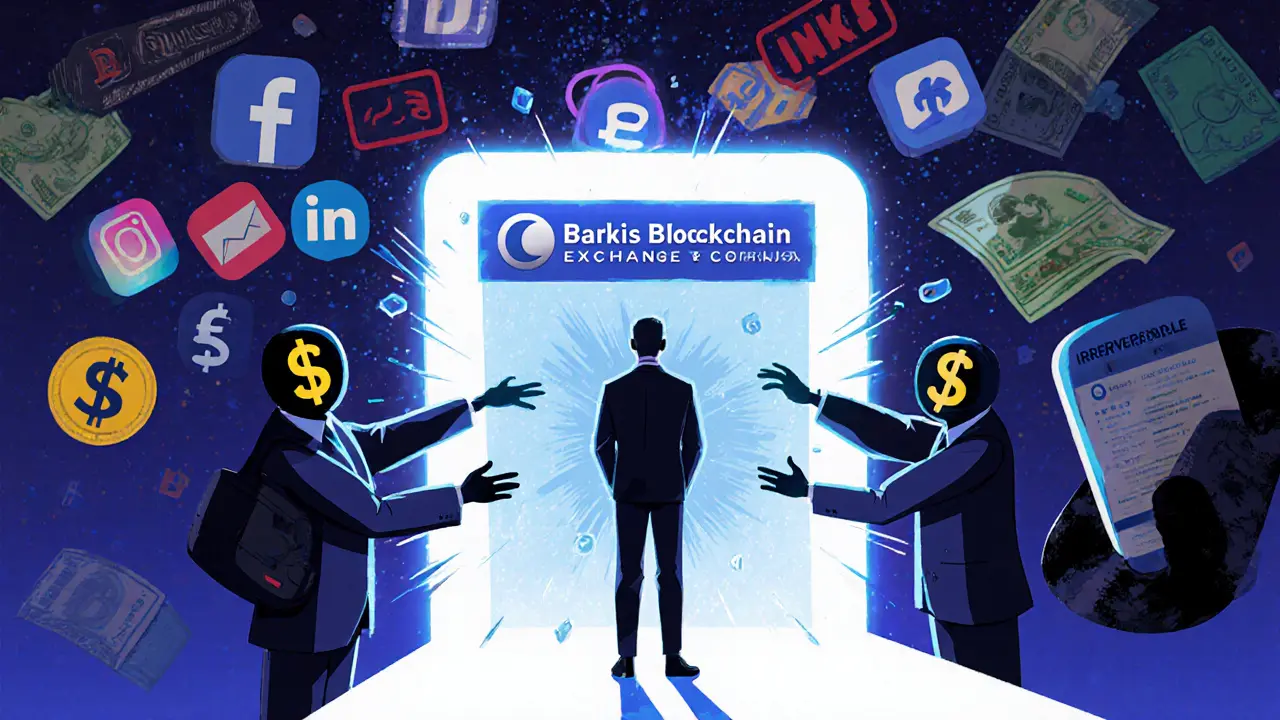Cryptocurrency Trading Platform: What It Is and How to Choose the Right One
When you want to trade crypto, you need a cryptocurrency trading platform, a digital marketplace where users buy, sell, and swap cryptocurrencies using real-time prices. Also known as a crypto exchange, it’s the backbone of every trader’s workflow—whether you’re swapping tokens, staking rewards, or just holding long-term. Not all platforms are built the same. Some are centralized like Binance or Coinbase, where the company holds your keys and manages security. Others are decentralized, like Uniswap or JediSwap, where you keep control and trade directly from your wallet. The choice affects your risk, fees, and access to features like margin trading or airdrops.
Behind every good crypto exchange, a service that connects buyers and sellers of digital assets, often with fiat on-ramps and advanced trading tools. Also known as centralized exchange, it is a solid user experience. Look for low fees, fast withdrawals, and clear KYC rules. But don’t ignore geography—platforms like Bybit and Newdex use geofencing to block users from restricted countries, and that’s why tools like VPNs show up in so many guides. On the flip side, decentralized exchange, a peer-to-peer trading system that runs on blockchain, letting users trade without intermediaries. Also known as DEX, it gives you full control but demands more technical know-how. You’ll need to understand wallet security, slippage, and token approvals. That’s why guides on MistSwap, JediSwap, and Newdex keep popping up—they help you navigate these trade-offs without getting hacked or scammed.
Regulation is another layer you can’t skip. The EU’s MiCA law is reshaping how exchanges operate across borders, while the OECD’s CARF framework forces crypto tax data sharing between countries. That means even if you’re trading on a DEX in Iran or using a Swiss-based platform like Tokens.net, your activity may still be tracked. And with exchanges like Tokens.net and MistSwap offering detailed fee structures and liquidity reports, you’re not just picking a place to trade—you’re choosing a partner in your financial strategy.
What you’ll find below isn’t just a list of exchanges. It’s a practical toolkit. From reviews of lesser-known platforms like Newdex and Tokens.net to deep dives on how Bybit detects VPNs or how Iranians use DEXs to bypass sanctions, these posts cut through the noise. You’ll learn how to spot a scammy trading platform, why holding exchange tokens like LGX or B2M gives you fee discounts and governance power, and how to protect your assets with secure 2FA recovery methods. Whether you’re new or experienced, there’s a guide here that matches your level—and your risk tolerance.
